Cheetah vs. Leopard: Spotting Differences on Your African Safari
Did you know cheetahs can run up to 110-120 km/hour? That’s twice as fast as leopards. They are the fastest animal on Earth, making them a thrilling sight on an African Safari. Cheetahs and leopards are often confused, but they are different. Knowing these differences can enhance your wildlife viewing experience.
Key Takeaways
- Cheetahs are the world’s fastest animal, reaching speeds of up to 75 mph (120 km/h)
- Leopards are more agile and stealthy, with a stronger build than cheetahs
- Cheetahs and leopards have different habitat preferences, with cheetahs preferring open grasslands and leopards preferring denser vegetation
- Both species are vulnerable to threats such as wildlife trade, loss of prey species, and retaliatory killings
- Conservation efforts are necessary to protect these magnificent creatures and their habitats on the African Safari
- Cheetahs have a lighter build and smaller teeth compared to leopards, making them less effective at chewing through large bones
Understanding Africa’s Spotted Cats
Africa’s spotted cats, like cheetahs and leopards, are key to keeping ecosystems balanced. To spot them, knowing their habits and habitats is crucial. The African Wildlife Guide shows how vital these big cats are for nature’s balance.
Animal Spotting Tips reveal the deep cultural value of big cats in Africa. Leopards, for instance, have been celebrated in art and stories. This cultural appreciation helps us see why we must protect them.
The survival of Africa’s spotted cats is at risk. Threats include habitat loss, human conflicts, and poaching. We must create strong conservation plans to save these amazing animals and their homes.
Supporting conservation and responsible wildlife tourism is key. By following Animal Spotting Tips and Wildlife Identification, we can enjoy these animals while helping protect them.
| Species | Conservation Status | Population Estimate |
|---|---|---|
| Cheetah | Critically Endangered | Approximately 8,500 |
| Leopard | Vulnerable | Approximately 125,000 |
Physical Characteristics That Set Them Apart
When you’re on a Safari Wildlife Viewing adventure, knowing how to tell leopards and cheetahs apart is key. Their coat patterns are a big clue. Leopards have rosette-shaped spots, while cheetahs have solid black spots.
Body size is another way to tell them apart. Leopards are longer, from 1 to 1.9 meters. Cheetahs are shorter, from 1.1 to 1.5 meters. Shoulder height also differs, with leopards being 45 to 80 centimeters tall and cheetahs 70 to 90 centimeters.
Here are some other important physical traits:
- Leopards weigh 30 to 90 kilograms, while cheetahs weigh 20 to 72 kilograms.
- Leopards are very agile and strong, able to take down prey bigger than themselves.
- Cheetahs are the fastest land animals, reaching speeds of up to 120 km/h.
Knowing these physical traits is essential for a fun and educational Safari Wildlife Viewing trip. It lets you see and appreciate the special features of both leopards and cheetahs in their natural home.
Rhino Conservation in SA: How Your Safari Booking Supports Wildlife
Habitat Preferences and Territory Marking
Understanding the habitats of cheetahs and leopards is key for a great African Safari Wildlife Discovery. Cheetahs love open grasslands and savannahs. They use their speed to hunt there. Leopards, however, can live in forests, grasslands, and rocky areas.
Both cheetahs and leopards mark their territories in special ways. Cheetahs use scent marks. Leopards use scent and visual signs like scratch marks on trees. Knowing this helps find the best spots for seeing them, making your African Safari Wildlife Discovery better.
Preferred Hunting Grounds
Cheetahs mainly hunt small to medium-sized animals like gazelles and impalas. Leopards, being more flexible, hunt a variety of prey, from small antelopes to big ungulates.
Best Locations for Viewing Each Species
For a great Safari Holiday Planning, visit parks and reserves with cheetahs and leopards. The Serengeti in Tanzania and the Maasai Mara in Kenya are good for cheetahs. For leopards, try the Okavango Delta in Botswana or Kruger National Park in South Africa.
Hunting Techniques and Predatory Behaviors

Cheetahs and leopards are both skilled predators. They hunt in different ways. Cheetahs are daytime hunters, using their speed to chase prey. They can run up to 120 km/h, making them the fastest land animals.
Leopards, on the other hand, hunt at night. They use stealth and ambush to catch their prey. This shows how different their hunting styles are.
When we compare Big Cats Comparison, we see their physical differences. Cheetahs are slender and have long legs for speed. Leopards are more muscular and good at climbing trees. This is seen in their Wildlife Identification features, like cheetahs’ unique coat pattern and leopards’ varied colors.
Some key differences in their hunting techniques include:
- Cheetahs hunt during the day, while leopards hunt at night.
- Cheetahs chase their prey, while leopards ambush from a distance.
- Cheetahs have a stronger bite force than leopards.
Understanding Wildlife Identification is crucial. By studying their hunting methods, we appreciate these amazing animals more. This knowledge helps us protect them and their habitats. Through Big Cats Comparison, we learn the importance of preserving their natural homes and fighting threats like habitat loss and human-wildlife conflict.
Top 10 Luxury Lodges Near Kruger National Park for UK Travelers
Best Times and Places for Spotting Differences on Your African Safari
For an unforgettable Safari Wildlife Viewing experience, knowing the best times and places is key. Cheetahs and leopards are thrilling to watch. With the right guidance, your African Safari Wildlife Discovery will be unforgettable.
Cheetahs are most active in the early morning and late afternoon. Leopards, being nocturnal, are best seen at night. The dry season is great for cheetah sightings, while the wet season is better for leopards.
Prime Viewing Hours
Cheetahs are best seen during the golden hours, when the sun is not too harsh. This makes for better photos and a more enjoyable Safari Wildlife Viewing experience. Leopards, however, shine at night, with their eyes glowing in the dark.
Seasonal Considerations
The dry season is ideal for African Safari Wildlife Discovery. With less water, animals gather at waterholes, making cheetahs and leopards easier to spot.
Photography Tips for Big Cat Documentation
For amazing photos of cheetahs and leopards, the right gear and technique are crucial. A good camera with a telephoto lens is essential. Knowing the animals’ behavior and habitat is key for the perfect shot.
Some key photography tips include:
- Use a camera with a high shutter speed to capture cheetahs’ fast movements.
- Shoot during the golden hours for better lighting.
- Be patient and wait for the perfect moment to capture the shot.
Making Your Safari Experience Count: Essential Tips for Big Cat Identification
To enjoy your African safari, it’s crucial to spot cheetahs and leopards well. Working with local guides is key. They share insights on these animal spotting tips. Use binoculars and scopes to see their unique marks and shapes.
Being patient and observant is vital for safari holiday planning. Watch for the best times and seasons to see them. Knowing about these big cats lets you fully enjoy the African wild and make unforgettable memories.
FAQ
What are the key differences between cheetahs and leopards?
Cheetahs and leopards are both big cats found in Africa. They look different and hunt in unique ways. Cheetahs are fast and have spotted coats. Leopards are solitary and have rosette-shaped spots, hunting at night.
What is the role of big cats in African ecosystems?
Big cats like cheetahs and leopards keep African ecosystems balanced. As top predators, they control prey populations. This helps the ecosystem stay healthy and diverse.
How are cheetahs and leopards culturally significant in Africa?
Cheetahs and leopards are deeply valued in African cultures. They appear in art, stories, and myths. These cats symbolize important cultural values and traditions.
What are the current conservation challenges for cheetahs and leopards?
Cheetahs and leopards face big challenges like habitat loss and poaching. It’s important to know these threats to protect them. This knowledge helps in creating effective conservation plans.
How can I identify cheetahs and leopards during my African safari?
Spotting cheetahs and leopards on safari is exciting. Knowing their physical traits helps you see them in the wild. Look for their coat patterns and body sizes.
What are the best locations and times to see cheetahs and leopards on an African safari?
The best places and times to see cheetahs and leopards vary. Cheetahs like open areas, while leopards prefer dense spots. Knowing when and where to look increases your chances of seeing them.
What tips can you provide for making the most of my African safari experience?
For a great safari, work with skilled guides and use binoculars. Be patient and watchful while tracking animals. These tips can make your safari unforgettable, with amazing wildlife encounters.

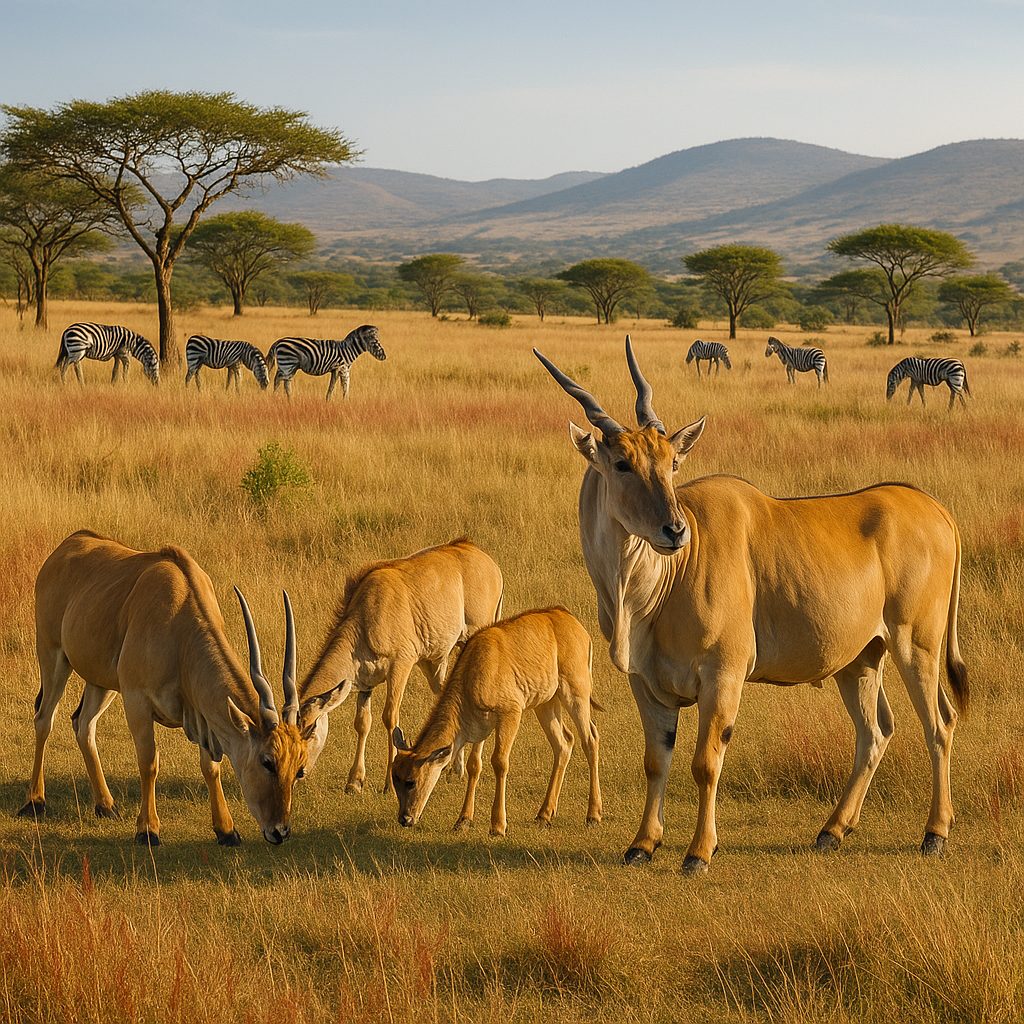
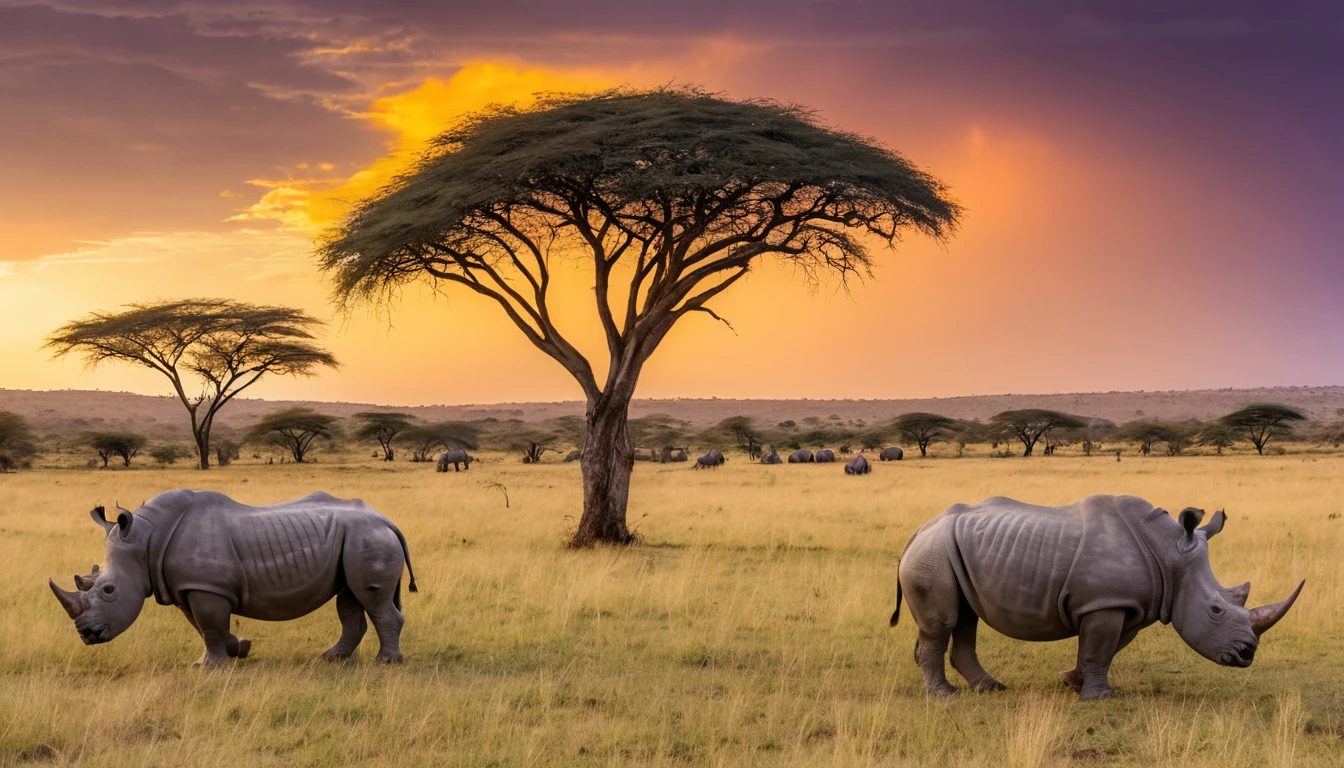
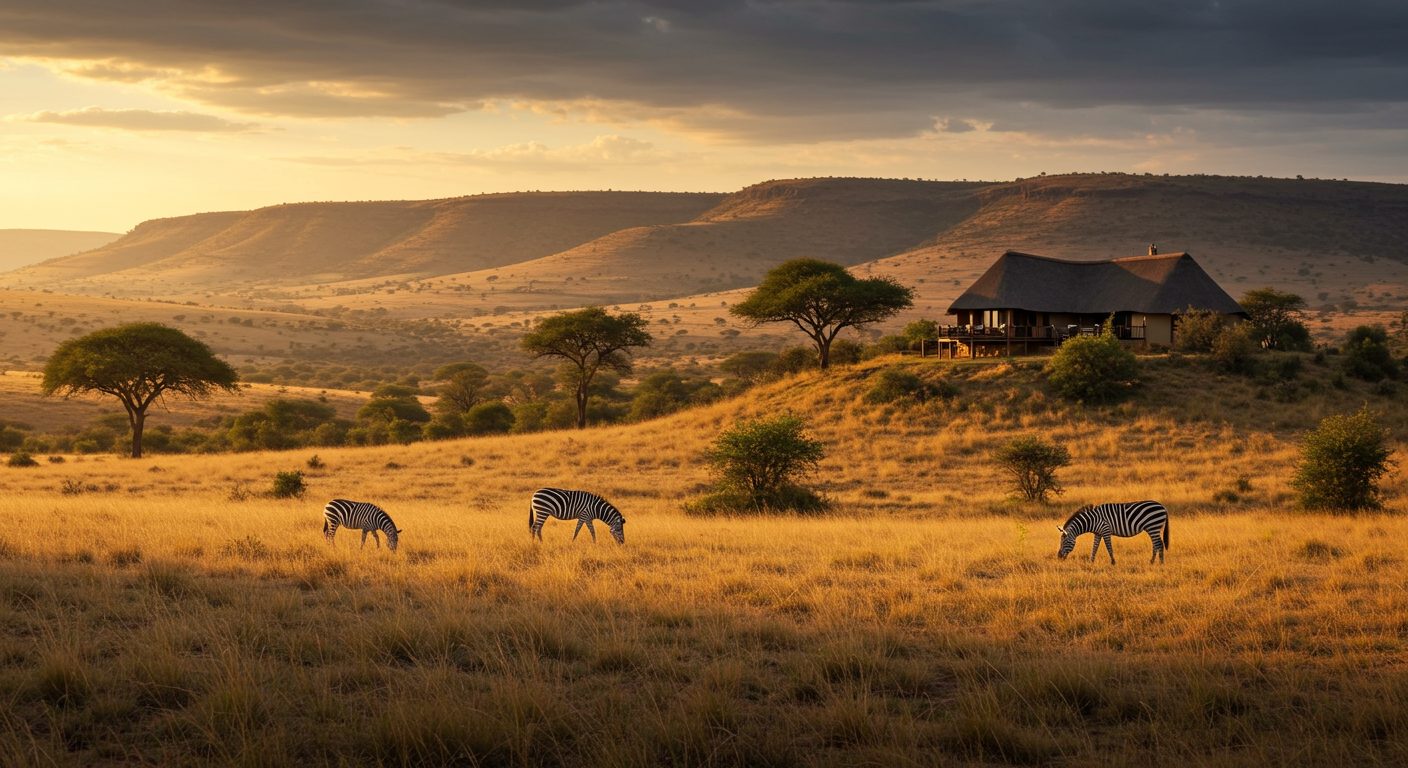
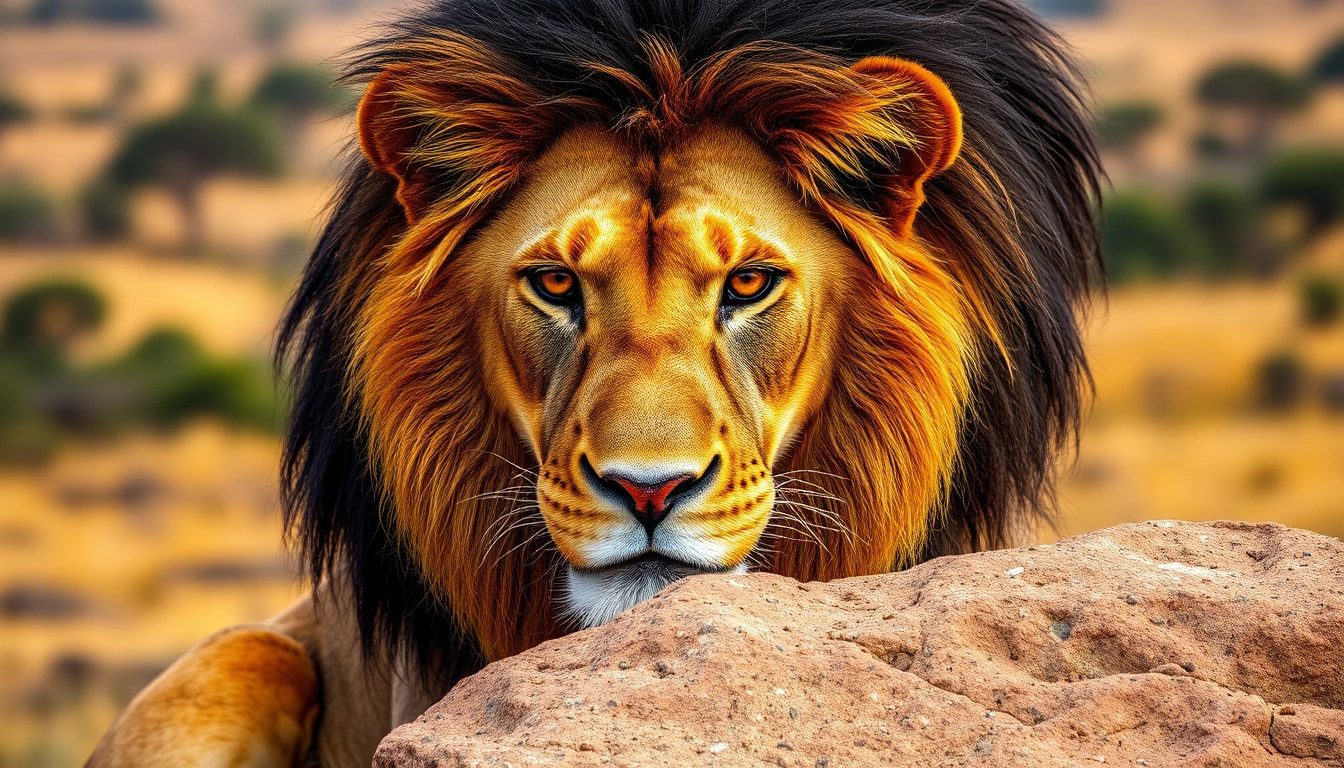
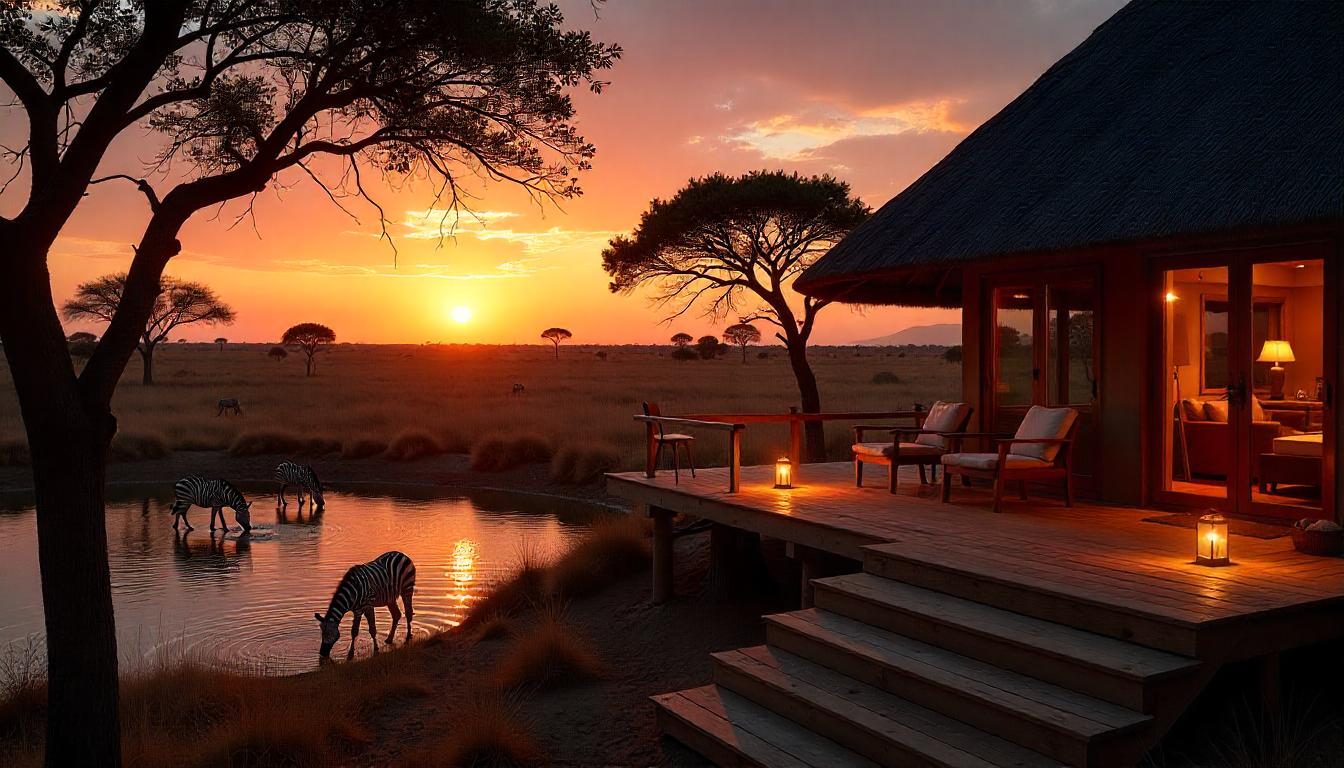
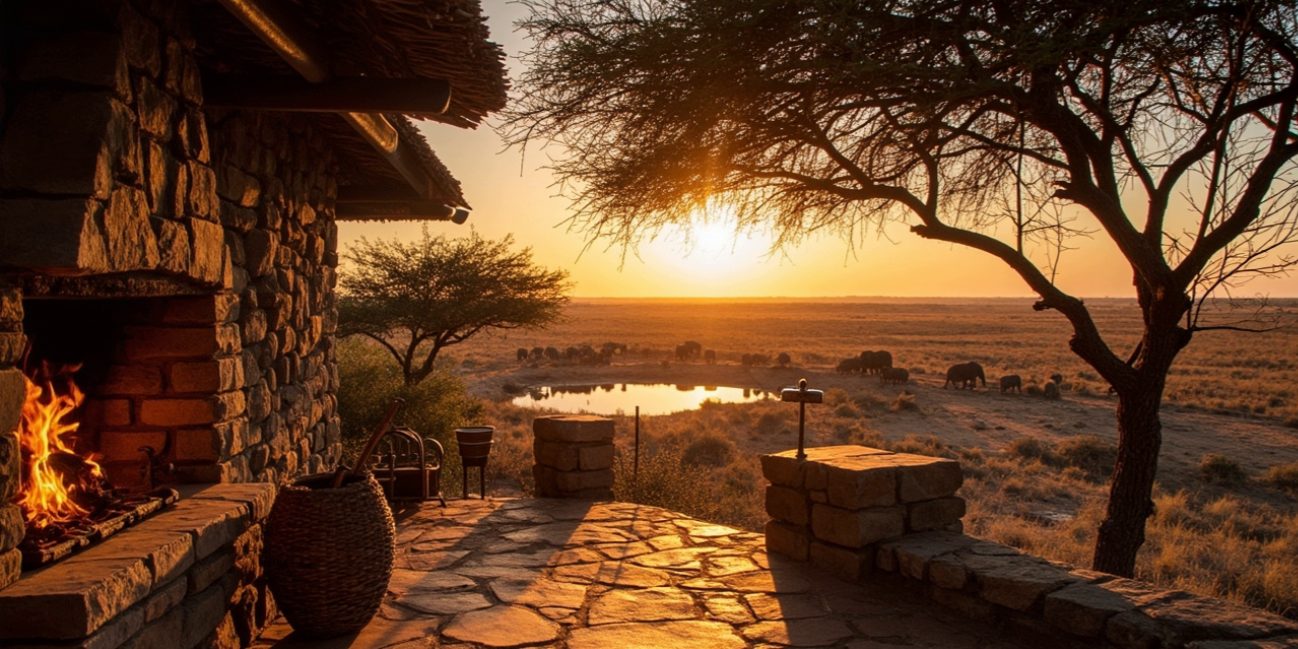


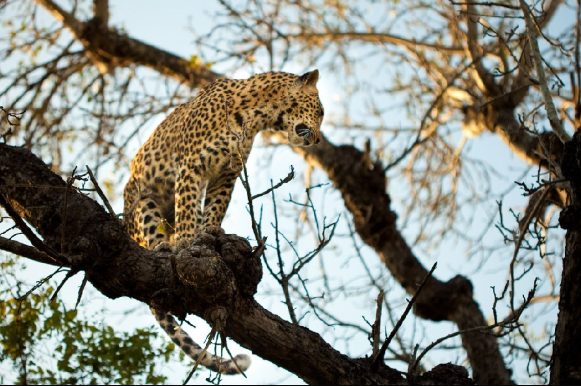
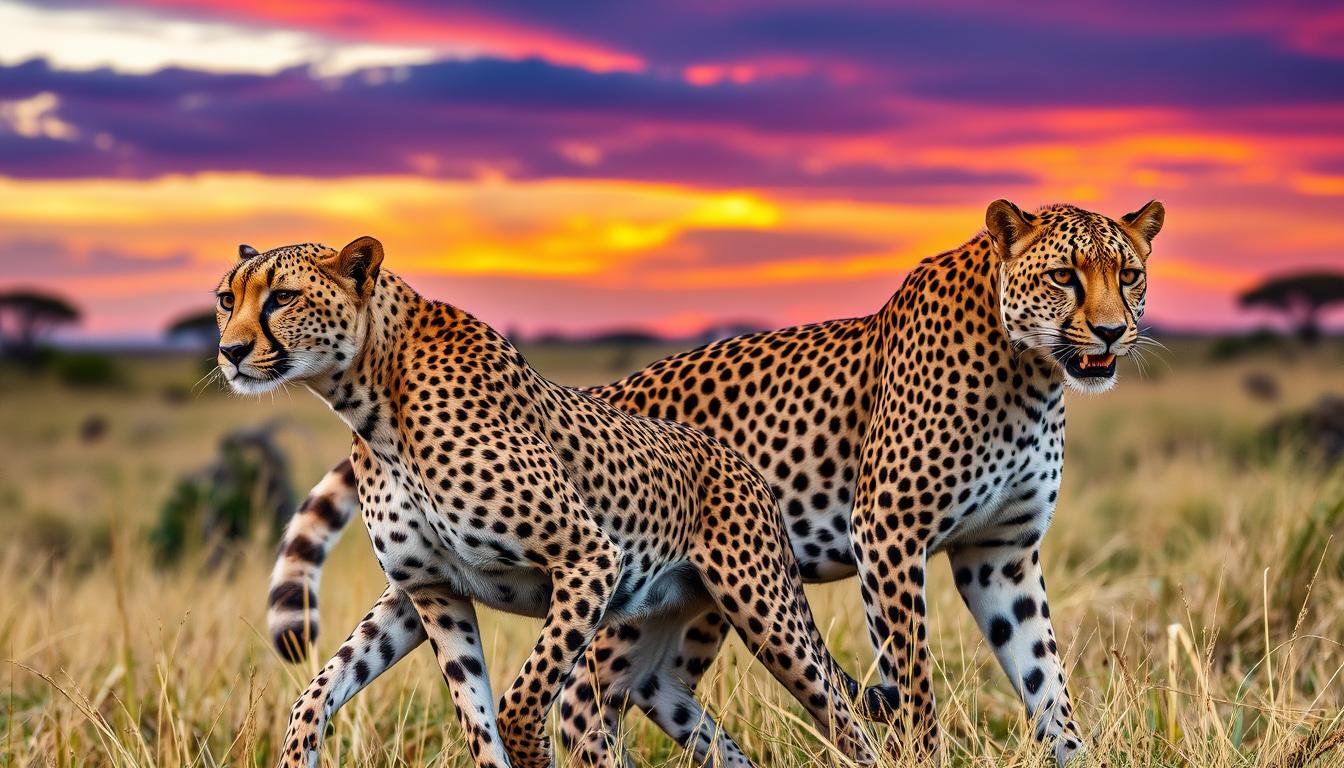
One thought on “Cheetah vs. Leopard: Spotting Differences on Your African Safari”